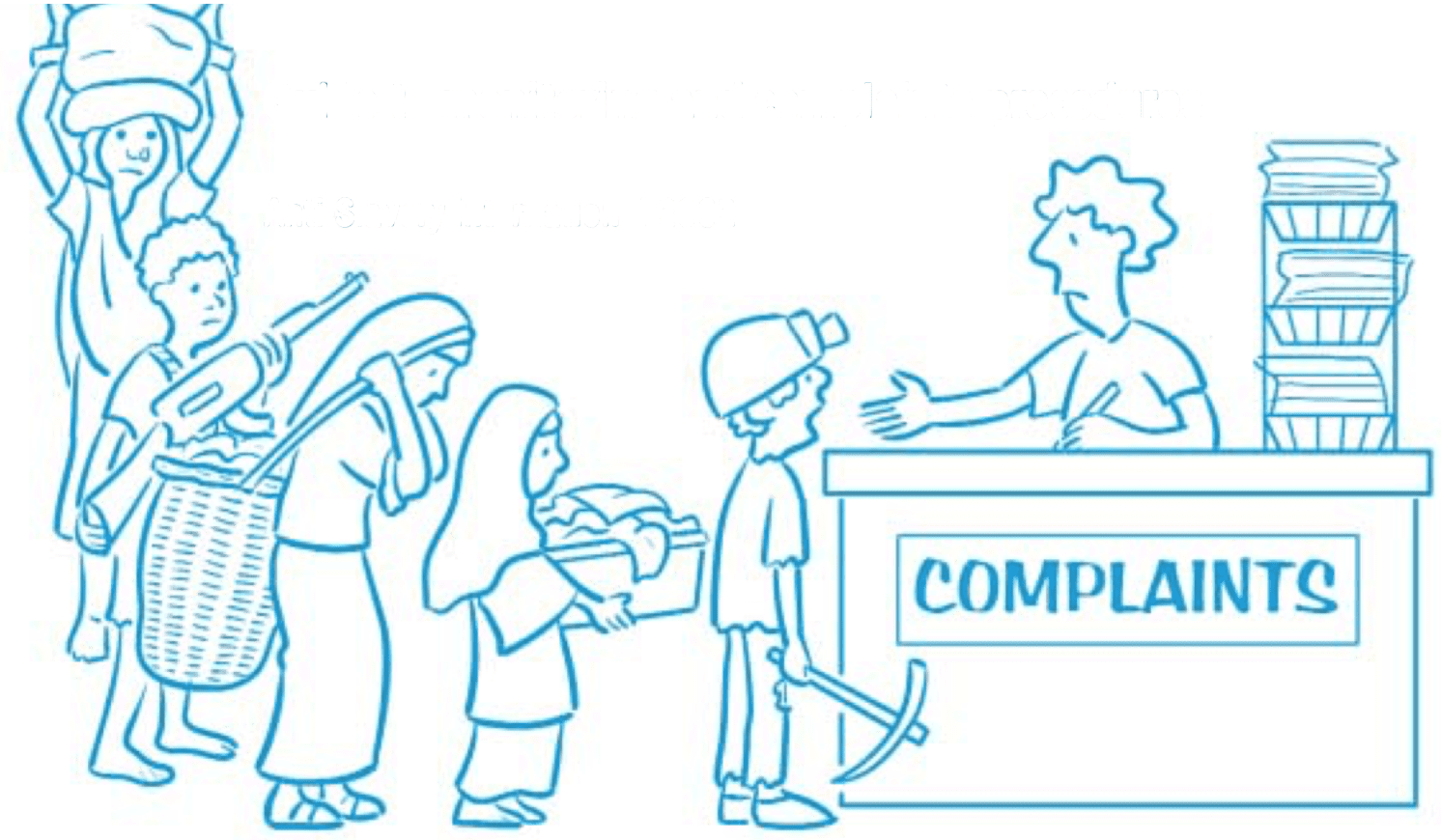
International Action Against Child Labour: Guide to monitoring and complaints procedures
Those working on child labour at the national, regional and international level now know that there are a variety of international laws that are supposed to help eliminate the economic exploitation of children. However, there is still confusion about how to use those laws, as well as over which can best help protect children’s rights.
These laws range from the United Nations (UN) Convention on the Rights of the Child, 1999 (CRC) to certain conventions of the International Labour Organization (ILO) to various regional treaties such as the Inter-American Convention on Human Rights. Many such conventions have an accompanying mechanism to monitor their implementation. Some also have dedicated procedures, such as a court, to assess particular complaints about particular cases.
This guide aims to achieve three things regarding those mechanisms as they relate to child labour:
- a) To inform organisations working on child labour about relevant procedures.
- b) To show organisations that these mechanisms are accessible and useful.
- c) To indicate next steps for interested organisations.
In turn, Anti-Slavery International hopes that this will lead to:
- a) Increased awareness of available UN/ILO and other monitoring and complaints mechanisms on child labour amongst national level NGOs.
- b) Increased use of available mechanisms.
- c) Increased pressure on governments to implement relevant conventions as a result of such submissions.
This guide will indicate that international mechanisms can be a useful tool for civil society organisations in cases where governments are not respecting their international obligations. However, it is not an exhaustive guide giving a list of all options.
We recognise that some monitoring and complaints mechanisms may achieve little for those trying to use them. Plenty of information on such mechanisms is already available (see the Bibliography). Nevertheless, we would like to detail some of the useful mechanisms that we have some experience of.
We hope that organisations reading this guide who have had experience of other mechanisms not covered here might be willing to share them with Anti-Slavery and others. Our contact details are in the contacts section of this document, and we would welcome any such information.
This guide will indicate some of the mechanisms that have produced benefits for Anti-Slavery and other organisations, as well as where to find more information on them.
What do we mean by benefits? We mean advantages of various kinds for the organisation making a submission and those it represents, opening up the options available of where to find justice for exploited children.
Such information may be particularly useful for advocacy officers in an organisation, or those responsible for advocacy strategy.
For example, a non-governmental organisation (NGO) may bring a court case to a regional court on behalf of a child who has been sexually exploited. It may then win the case, and the potential results might be: justice for the victim and his/her family, the award of damages to the victim and family, increased awareness of the issue, increased understanding that crimes cannot be committed with impunity, and a deterrent factor for those committing crimes of sexual exploitation.
We hope that the case studies presented in this guide will give a better picture of the advantages and disadvantages involved in bringing complaints, allowing you to make your own judgements about when to use the different possibilities. We understand that some mechanisms can end up as a lot of rhetoric: a list of recommendations and no action or improvement for the children concerned. However, we also feel that some have achieved a major step forward in the fight for children’s rights. Further steps forward can only be taken when civil society can engage with those mechanisms and be convinced of their worth. Prepare to be convinced…
To read more, please click here.
Anti-Slavery International is the world’s oldest international human rights organisation, and bases its work on the United Nations treaties against slavery campaigning for freedom from slavery for everyone, everywhere.
